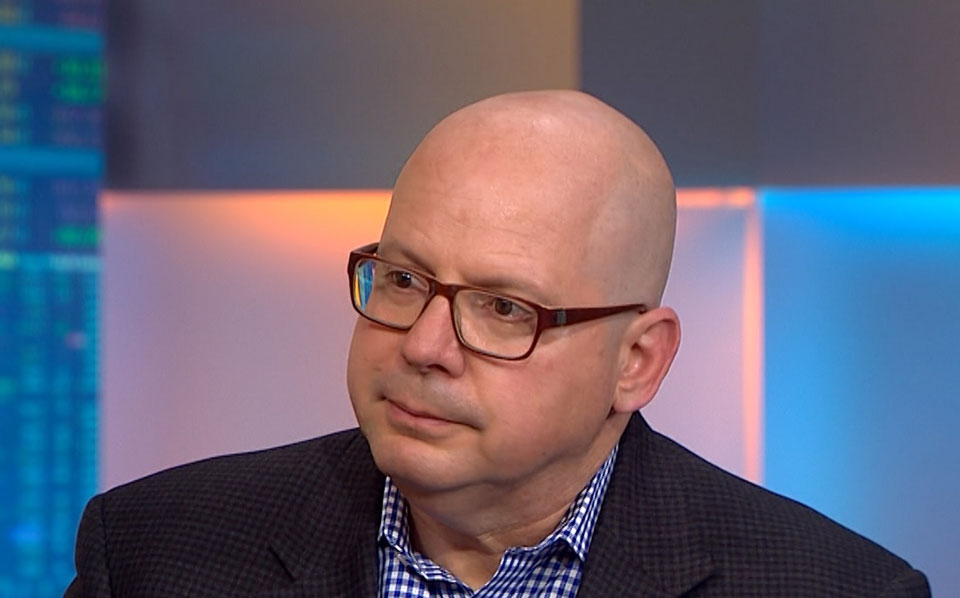Economic Profit as the Ultimate Performance Measure

Inflation has subsided some, but it’s still far above the last few decades. To bring it down, the Fed is raising interest rates, which has forced corporate leaders to be more discerning about where and how they invest in growth. NASDAQ’s CEO, Adena Friedman, said it well when she wrote on LinkedIn, “In an environment where money is no longer free, there will be a shift away from the pursuit of growth at all costs.” To make better decisions in this environment, companies should consider using economic profit—“EP” for short.
In a recent study my colleagues and I identified over 30 public companies that use EP in incentive plans. These EP companies outperformed their peers on total shareholder return (TSR) by an average of 4.7% per year, beating the S&P 500 by 7.0%. What’s more, their EBITDA margins were 3% higher, and their increases in EBITDA margin were 0.8% larger. Given this outperformance, more companies—and their shareholders—would benefit from using EP.
Complete Measurement and Linkage to Shareholder Returns
Companies embrace EP for many reasons, but at the top of the list is how well it correlates with shareholder value. Given this linkage, EP can function as the centerpiece of financial management to encourage owner-like thinking and decision-making. Company-wide adoption generally leads to better results and an investor-oriented culture, while maintaining accountability for results over multiple time periods. Because of this, EP is often used to guide processes from planning and resource allocation to executive rewards.
There are various forms of EP, the most well-known being economic value added (EVA); but all deduct a capital charge from profit or cash flow for the use of invested assets. EP is suitable for identifying value creation opportunities because it clarifies tradeoffs in various measures in one complete and balanced metric.
Our research at Fortuna Advisors indicates investors had a clear preference for growth over margins and returns on capital during the five years ending in 2021—a period of unusually low interest rates. But in our 2023 Fortuna Advisors Value Leadership Report, various measures of profit margin and capital productivity related better to TSR than revenue growth over the five years ending in 2022—signaling a shift in investor attitudes.
Concerns About Growth
Despite the clear outperformance of EP companies in our study, EP companies had lower revenue growth and were more asset intensive. This underperformance on asset intensity, though unexpected, was reassuring in one sense. Critics of EP argue that putting a charge on capital stifles growth. But our research suggests that EP companies are not afraid to put growth resources to work when they have sufficient margins to cover capital costs.
As for the lower growth, this finding reinforces a long-standing criticism of generic EP (and EVA)—which depreciates fixed assets, making new investments seem more expensive than depreciated assets. As one CFO recently put it, “EVA loves old assets.”
Improving EP
To address potential underinvestment, we at Fortuna Advisors make adjustments to conventional EP by using undepreciated assets and not charging depreciation to earnings. The total cost of new assets is lower, without depreciations, and the capital charge doesn’t decline over time, so we avoid the illusion of value creation as the asset depreciates away. One executive recently pointed out how this helped orient the firm towards a “growth mindset” and “away from the silo behavior that resulted from our past focus on efficiency.”
A second barrier to long-term value creation is GAAP’s insistence on expensing corporate investments in intangible assets like R&D and brand building, which penalizes these important long-run value drivers. To address this, our approach adds back these expenses, and capitalizes them over an appropriate period. This removes the incentive to cut R&D to meet short-term earnings while increasing the incentive to reallocate R&D spending away from failing projects and toward those that are more promising.
Another crucial opportunity for improving typical EP implementations is to delink incentive targets from plans or budget targets. When comp targets are set equal to budgets, it leads to continued spending on failing projects, since the waste is already “baked” into the budget and won’t affect management’s bonus. And any future payoffs from investments won’t weigh much in the balance either, since by the time they materialize, they will also be included in the budget.
It’s hard to overstate the importance of separating incentive targets from budgets to avoid “sandbagging”—the tendency to lowball expectations to boost one’s bonus. Using the prior year’s EP to set targets removes this gamesmanship by objectively measuring how current performance contributes to a company’s intrinsic value over the evaluation period.
An added benefit when plans and budgets are no longer linked to incentive targets is that management teams can avoid tense and time-consuming negotiations, and the resulting silo mentality that limits the flow of information across business units, corporate leadership, and boards. As one senior exec reported when sponsoring an EP implementation, the company’s new performance management system was designed to “reward people for their contributions to growth and shareholder value rather than how well they negotiate targets.”
EP simplifies management. In a 2021 webinar, Ball Corporation’s CFO, Scott Morrison, said: “[EP] makes the meetings shorter. … It takes away a lot of the BS that happens in the budgeting process.”
Over the last three decades, we have seen many companies that have traditionally focused on efficiency and margin try to growth, only to end up sacrificing discipline and earn inadequate returns on investment. Such transitions need not force a choice between efficiency or growth – with our innovations to EP, companies can aim for the best of both.
Written by Gregory V. Milano.
Have you read?
Richest Actors In The World And Their Net Worth, 2023.
Richest Tennis Players In The World And Their Net Worth, 2023.
Study: Music successful CEOs and c-level executives listen to, 2023.
Which are the healthiest countries in the world for 2023?
Best Business Schools In The World For 2023.
Add CEOWORLD magazine to your Google News feed.
Follow CEOWORLD magazine headlines on: Google News, LinkedIn, Twitter, and Facebook.
Copyright 2024 The CEOWORLD magazine. All rights reserved. This material (and any extract from it) must not be copied, redistributed or placed on any website, without CEOWORLD magazine' prior written consent. For media queries, please contact: info@ceoworld.biz








